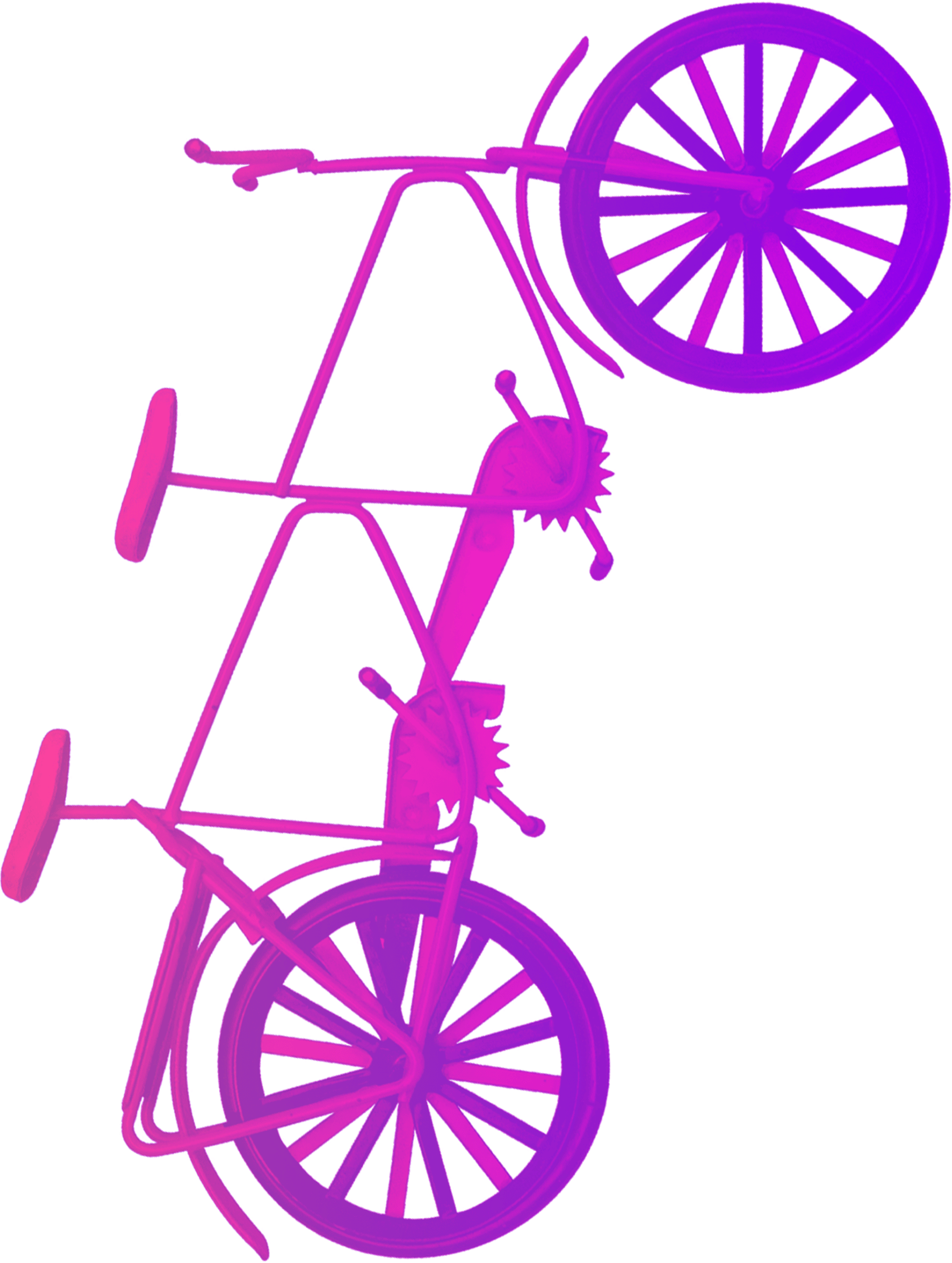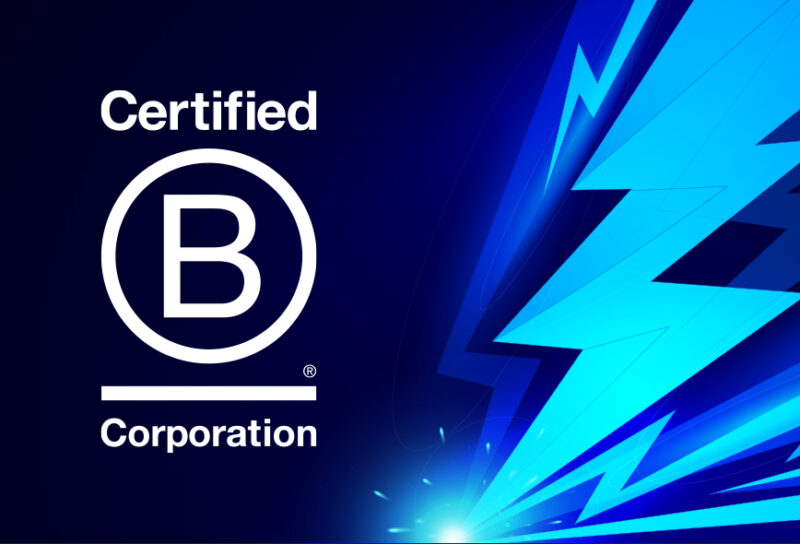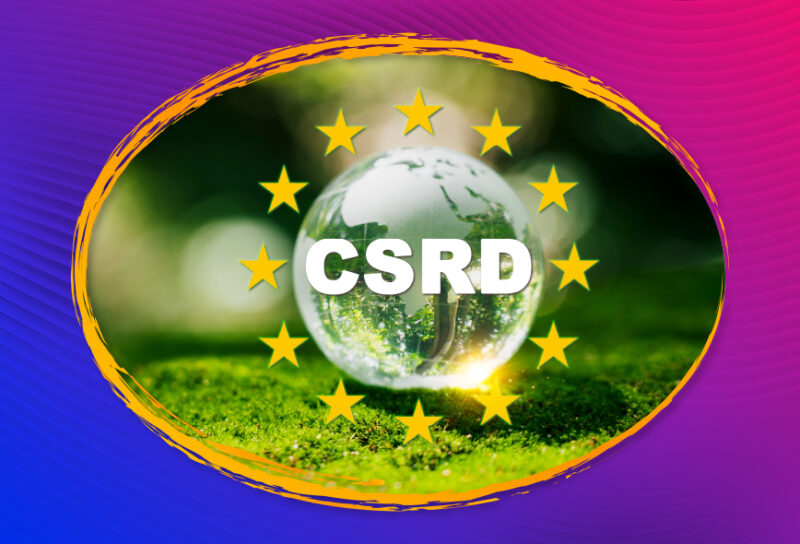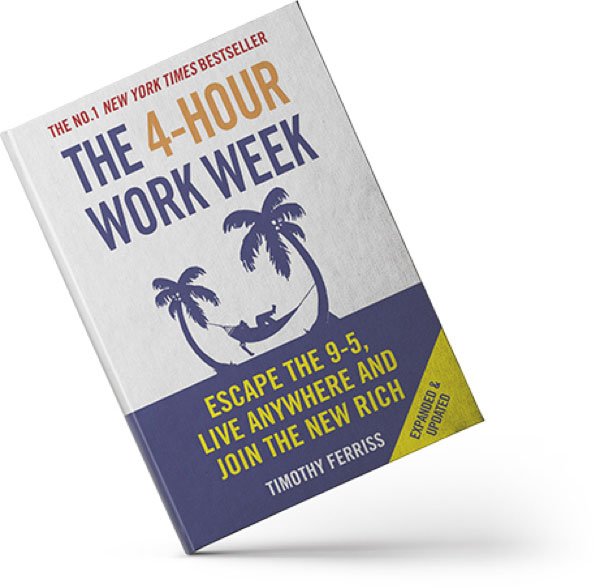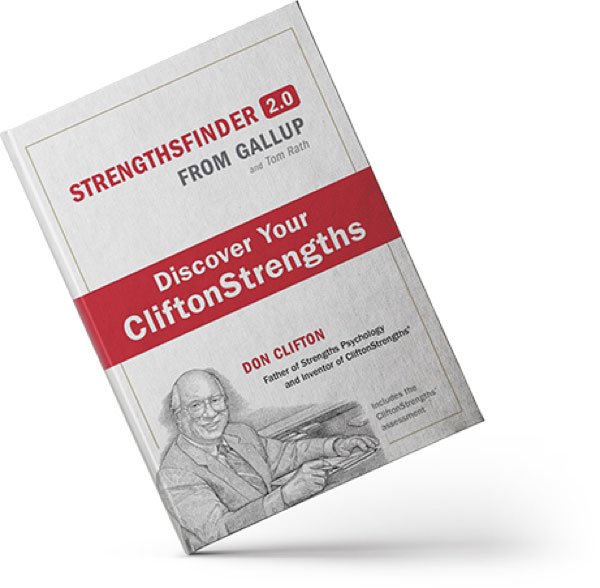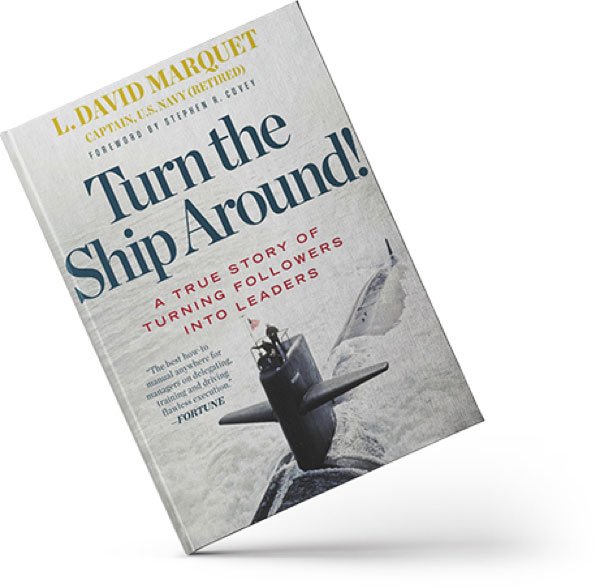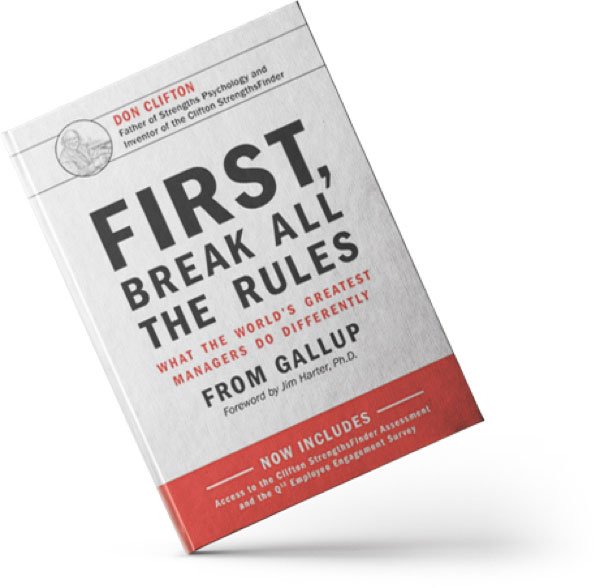There’s no doubt the journey to Net Zero is a complex one. With your carbon footprint comprised of everything from the energy you use and the investments you make, to the lifecycle of your products and the sustainability of your supply chain.
It’s the indirect upstream Scope 3 emissions that are usually the biggest source of emissions for most companies – often accounting for more than 11x the emissions in Scopes 1 and 2. However, this part is one of the most difficult to handle, as it’s not in the direct control of the business.
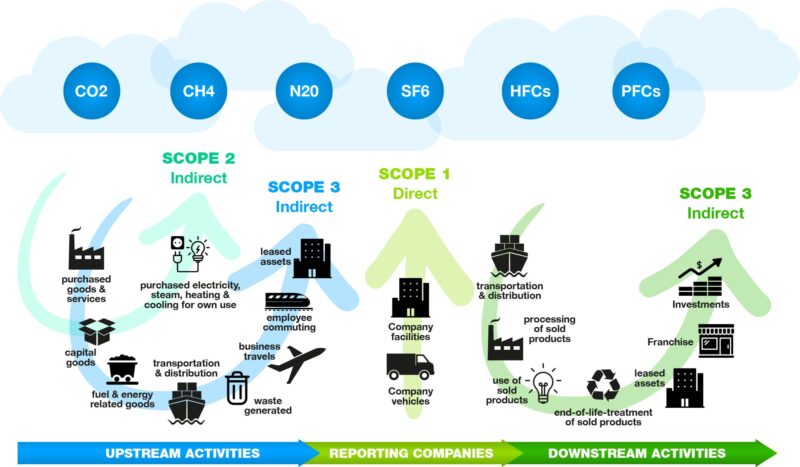
THE IMPACT OF SUPPLIERS
How much difference does supply chain sustainability make? The short answer: a lot.
More than 80% of the average large company’s total GHG emissions will come entirely from its supply chain. When identifying hotspots for where you can reduce your carbon emissions, suppliers are definitely one of them.
Your Scope 3 emissions are directly influenced by the actions of your suppliers, so it’s important to select them carefully. You want to make sure that your suppliers care about their carbon footprint as much as you do.
WHAT CAN YOU DO?
It’s important to remember that you have purchasing power.
Your suppliers want you to stay as their customer. But you need to make sure their values align with yours. If you are working hard on your sustainability journey but your supplier isn’t, they will ultimately be holding you back from reaching your goals.
The first step is establishing some of the indicators/metrics you will use as a measure to assess your suppliers’ progress towards sustainability initiatives.
Then, you can begin engaging with your suppliers. Find out what the baseline is, send out a questionnaire and gather the data on what their current emissions are (although be prepared that some may not be at the stage where they are even measuring their emissions yet).
Understand that some of your suppliers may not have prior knowledge about their carbon footprint, so it’s about collaborating and meeting them where they are on their journey.
Communicate your vision and objectives with them and create a plan to collaborate with them on how these will be achieved. You could also incorporate this into your Supplier Code of Conduct so you know they are committed and can be held accountable.
You can then monitor their progress to see if they have improved to meet your standards of sustainability. Continuously working with them on your collective sustainability goals.
The last resort, if your current supplier isn’t willing to join you on your sustainability journey, is to switch to a different supplier that aligns with your goals and values.
FROM CLEANING TO COFFEE
The tricky thing about managing suppliers is there are so many. This applies to everything from the supplier of your cleaning products and coffee beans, to your investors and banks.
Even the bank you use can have an impact – if the bank you are using invests money in coal and oil, it’s part of the problem.
They will all affect your Scope 3 emissions and even your Scope 2 emissions when it comes to your energy providers. It’s a no-brainer to work with a renewable energy provider, but it’s a good idea to choose one that’s focused on their own emissions too.
Make sure you have a clear picture of who your suppliers are so you can systematically work through them, auditing them one by one. It’s a big job, but an important one.
HOW ARE WE DOING THIS AT CP?
We assess our suppliers on an ongoing basis to make sure we’re only using those who have proven they care about their impact. We choose to collaborate firstly, but we have come across challenges with some and have opted for a different supplier to meet our sustainability standards.
One example of this is our caterers. We went through a lengthy process to switch to our new caterers, Wilson Vale, who demonstrated a great commitment to their sustainability efforts. Some of the work they are doing that caught our eye included:
- Recycling 80% of their waste (at head office)
- They will have a fleet made up of 100% EV by 2024
- They have a 49-kilo solar array at their head office
- They use 0 disposable plastic containers – all of them are reusable with allocated drop-off points
- They use 0 disposable gloves – hand sanitiser is used instead
- They use ‘forgotten fish’ to allow for common species to recover and expand
- They have a Nose to Tail policy where the whole animal is used from nose to tail so there is no waste
- Their Root to Stem policy – using the whole ingredient to minimise waste
- Using ‘odd’ veg that doesn’t conform to supermarket standards and may go to waste
- Menu planning – planning ahead for the menu means no unnecessary purchasing and therefore less waste.
SUPPLy Chain SUSTAINABILITY RISK
Another factor when thinking about your suppliers is the physical impact that climate change poses to your suppliers. For example, issues with drought and water scarcity can interfere with supply chains, affecting industries from fashion to agriculture. It’s crucial that companies work with their suppliers to manage these risks.
WRAPPING UP
Reducing your Scope 3 emissions can be challenging, but a key area to address is your suppliers. Collaborate and engage with them to bring them on your sustainability journey, making a difference together. If this isn’t possible, switch your suppliers so that your business works exclusively with suppliers that align with your vision.
If you want to find out more or need help managing your supply chain sustainability, let’s chat over a cuppa.


